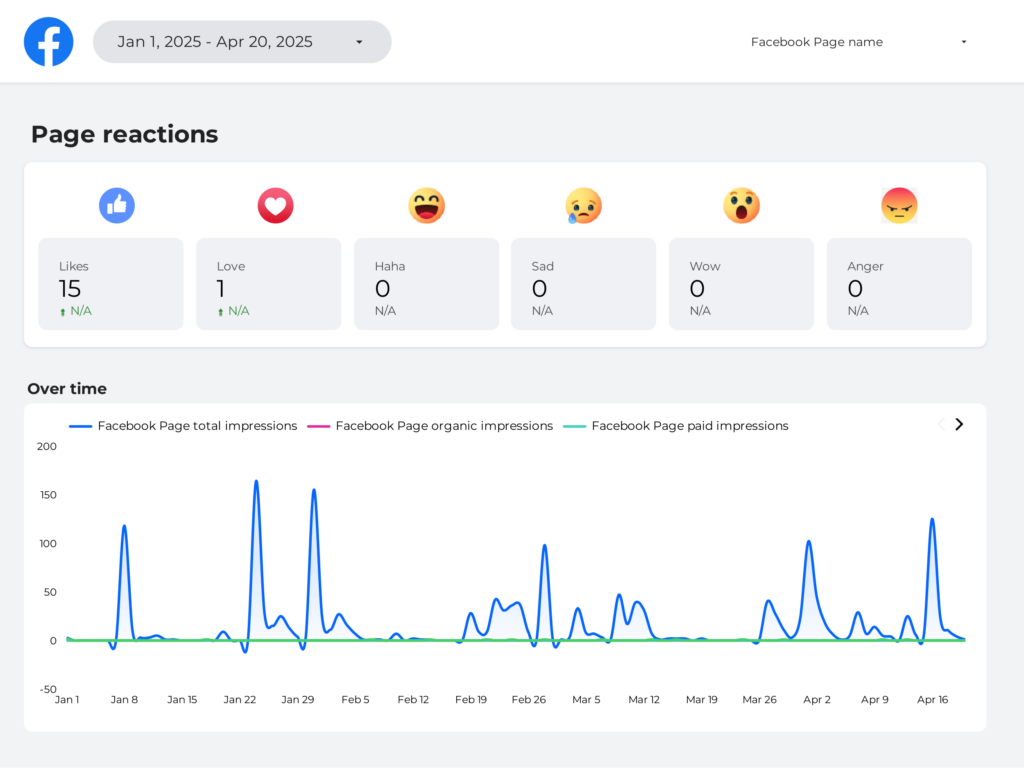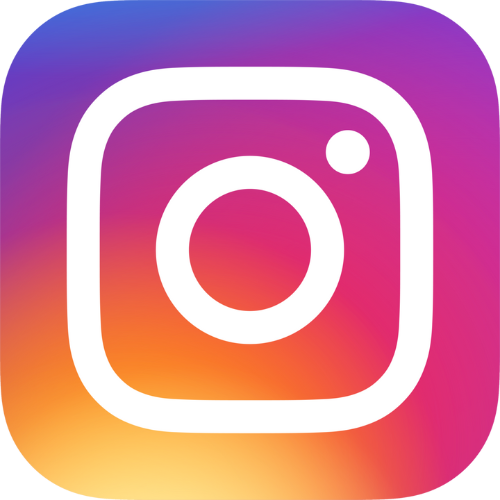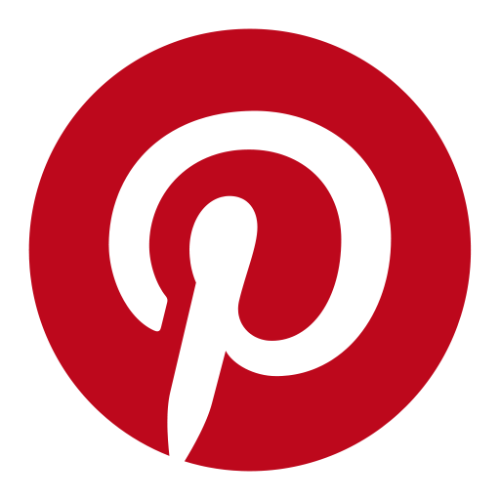A Awareness report should include breakdown of metrics by visibility, engagement, and conversion metrics. It should segment data by campaign, channel, audience, content, objective, and date. Examples of metrics to include are impressions, reach, click-through rate, likes, comments, shares, conversions, and bounce rate.
To analyze awareness data, follow the steps below:
1) Choose metrics for visibility, engagement, and conversion. For visibility, track impressions and reach. For engagement, monitor likes, comments, and shares. For conversion, measure click-through rates and conversions.
2) Compare metrics against cost, date range, goals, and industry benchmarks. For example, compare the cost per impression to industry averages or the conversion rate to the set goals.
3) Segment data by campaign, channel, audience, content, objective, and date. For instance, compare the engagement metrics of a specific campaign across different channels or analyze the conversion rates for different audience segments.
Remember to provide contextual examples without mentioning the benefits.
To build an Awareness dashboard, 1) connect your data and accounts from various platforms like Google Analytics, Facebook Ads, etc. 2) Select metrics that reflect awareness such as impressions, reach, and frequency. 3) Segment your data by campaign, channel, audience, product, customer content, objective, and date to understand the performance of each. 4) Add filters or buttons to make your report interactive, for example, a filter to view data by specific date ranges. 5) Share your dashboard via PDF, scheduled emails, or links for easy access and review.
An Awareness Dashboard is a visual tool that provides a comprehensive overview of a company’s marketing efforts, highlighting key metrics and data to measure the effectiveness of awareness campaigns. It is significant for businesses as it allows them to track performance, identify trends, and make data-driven decisions. Tools commonly used to create such a dashboard include Looker Studio, Tableau, and Power BI, with key elements including audience reach, impressions, brand mentions, and social engagement metrics. Real-time data monitoring is crucial as it provides up-to-date insights, enabling quick adjustments to strategies. For a detailed guide on creating a marketing dashboard using Looker Studio, visit our YouTube channel: https://www.youtube.com/@porter.metrics.
Can I download this template in PDF?


 Impressions
Impressions Ad Spend
Ad Spend Engagement Rate
Engagement Rate Followers
Followers Video Views
Video Views Pins Saved
Pins Saved Profile Views
Profile Views